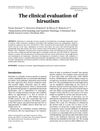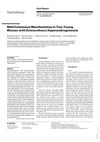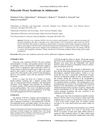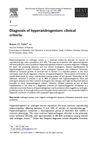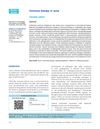A Very Rare Reason for Hyperandrogenism: Adrenal Tumor Case
March 2023
in “
Bagcılar medical bulletin
”
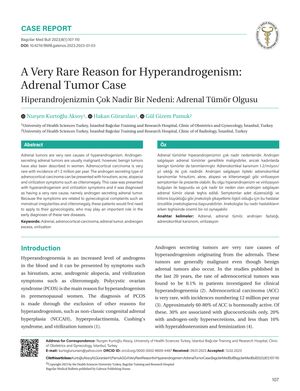
TLDR A young woman had a rare tumor causing high male hormone levels and symptoms like excessive hair and acne. After removing the tumor, her hormone levels returned to normal. Early diagnosis is important.
The document discusses a case study of a 24-year-old female diagnosed with a rare androgen-secreting adrenal tumor, causing hyperandrogenism and symptoms like hirsutism, acne, alopecia, and cliteromegaly. The benign tumor was successfully removed via adrenalectomy, leading to a return to normal androgen levels. The study underscores the significance of early diagnosis, often possible by gynecologists due to the gynecological symptoms associated with such tumors.
